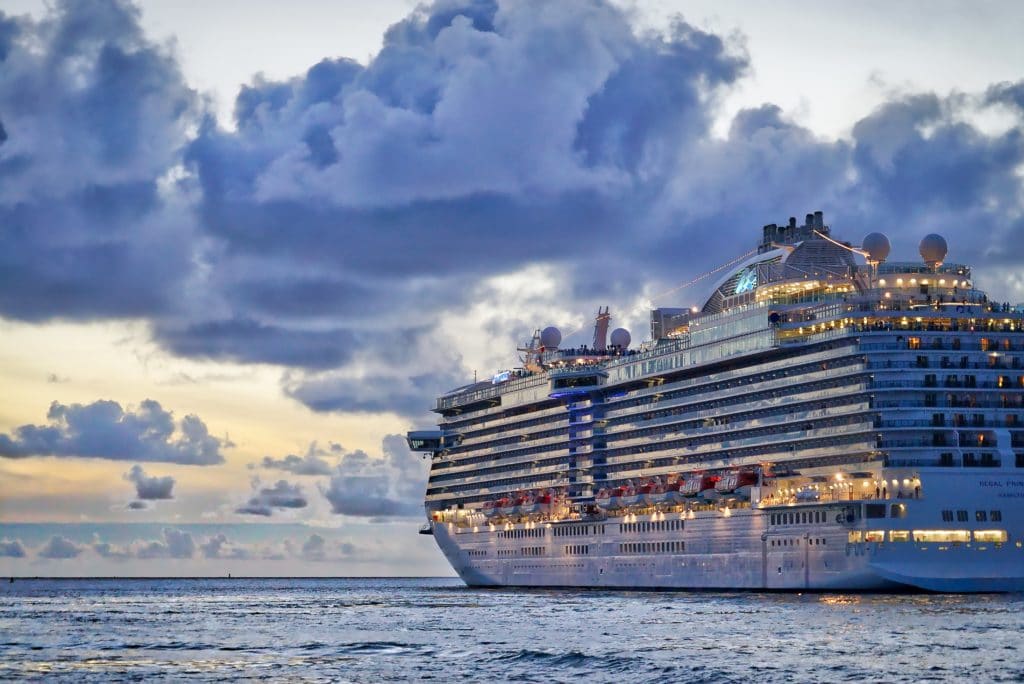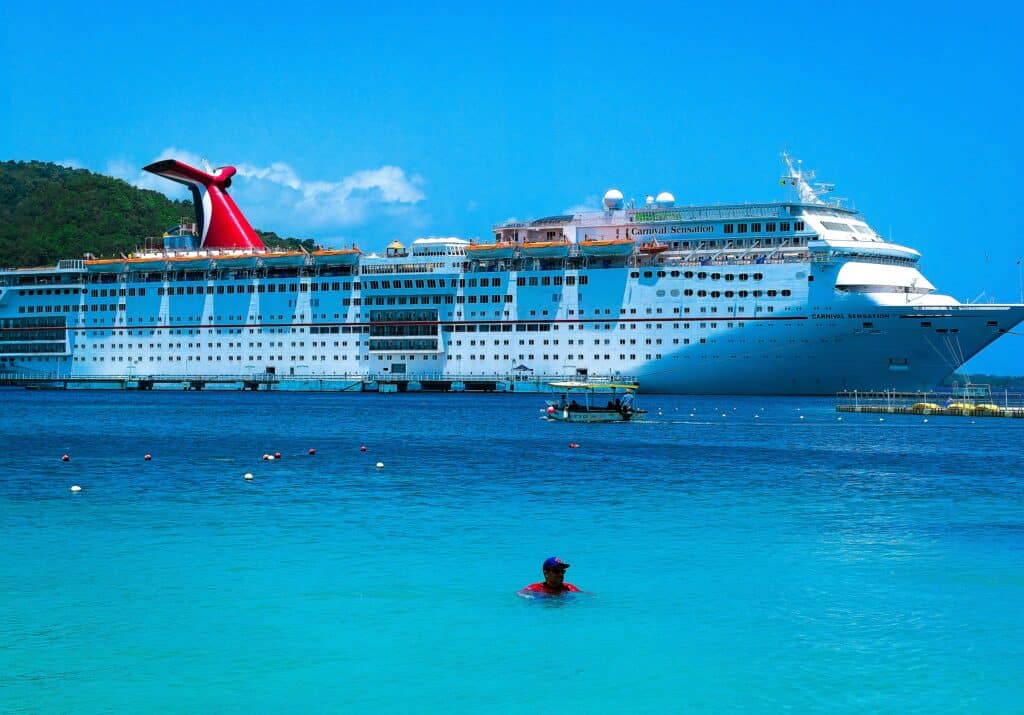Last updated on March 7th, 2024 at 02:48 pm
By Joanne Derecho for Remitly
Cruise ships conjure up images of luxury. Imagine sleeping in one country and waking up in another. World-class entertainment, delicious buffets, and exciting ports of call are just a few of the reasons why people love cruising.
However, cruising is a job for many, including people like me. For years, I worked on a cruise ship. I now work as a technology manager for a satellite company, and it’s been more than a decade since I hung my life jacket for life in Italy. However, I still remember my cruise ship experience like it was yesterday.
Filipinos like me are natural seafarers. The Philippine Overseas Employment Agency (POEA) says that there are around 400,000 Filipino seafarers on cargo ships, cruise ships, and tankers at any given time.
During the COVID-19 pandemic, the cruise industry took a bad hit. Many people like my friend, Sarah, who depend on their jobs onboard, found themselves without a contract. Luckily, cruise ship operations have resumed, and once again, Sarah is back on board.
“Working onboard cruise ships is great,” Sarah told me recently. “I get to see different countries, and I can support my family back in the Philippines.”
Many cruise ship crew members like Sarah leave home each year to work onboard. Most seafarers serve contracts of anywhere between four and six months at a time.
Like Sarah, most have family members back in their home countries to support. This income has become even more important for families in the wake of the pandemic.

Life Onboard a Cruise Ship
A cruise ship is, at its core, a floating hotel. However, unlike regular hotels, the crew on ships don’t clock out, go home, and come back the next day. Cruise ship crew sleep on board in cabins below deck. The crew area is hidden from ship guests and is accessible by secret doors.
I remember using these doors and using the crew elevator to go down to a different world from the rest of the ship.
The crew area has everything you’d need for daily life. These include sleeping cabins, a laundry area, a recreation area, and a crew mess for meals. There’s also an area with computers that they can use if they don’t have one.
Crew members work seven days a week without any weekends off. Instead, they have off-hours. They use these hours to go off the ship for a bit of rest and to send a portion of their salary to their loved ones back home.
Challenges for Cruise Ship Workers Sending Money On Board
Working on cruise ships and exploring exotic and beautiful countries can be a blessing and a challenge at the same time, especially when sending money home.
Sending money via a physical location, such as a money transfer counter, is not easy. It can be a challenge depending on the ship’s itinerary because not all ports of call have those services.
I remember the world cruise itinerary was the most challenging for sending money home. That’s because there was no regular port of call. Language was an issue, especially in countries where English wasn’t widely spoken.
For the tech-savvy crew, who sent money online through trusted services like Remitly, the Internet connection could be a challenge. Cruise ships get the Internet through a satellite, and the connection can be volatile despite innovations.
The speed can depend on different factors like the size of the bandwidth, the number of users, and location. A slow Internet connection means that webpages and apps load slowly and time out. When I sailed through Antarctica or the Scandinavia fjords, the connection was always intermittent on board. It wasn’t possible to do anything online.
Luckily, crew members anticipate problems like these with a copy of the ship’s itinerary in hand. They know which ports have problematic Internet connections or lack money sending facilities. They usually schedule money transfers around these challenges.

Sending Money from the USA to the Philippines
“The best port to send money is the USA because it’s convenient,” Sarah told me.
Cruise ships with home ports located in the USA (typically in Miami or Fort Lauderdale) make sending money home for most crew easy and convenient.
At the crew center
In the U.S. ports, you’ll find crew centers. The services offered by these centers are diverse and can include sending mail, free Internet, food, or money transfers.
Filipino-owned crew centers mean that Filipino crew can eat Filipino food, send money, and chat with their family back home. Sarah and I used to go together, feasting on Filipino meals that we missed, and sending money to our respective families.
Through money transfer facilities
There are loads of money transfer facilities in the U.S. ports. Some of them are inside big chain grocery stores. Sometimes, the crew will do their grocery shopping and simultaneously send money to their family.
From their bank
Depending on the cruise ship, most crew members get paid through direct deposit with a bank chosen by the cruise line. Some banks have options to transfer money depending on the country. However, sometimes transfer fees can be high, and the process can be complicated.
Via an app
There is an app for everything today, including transferring money. Sometimes, crew members are not off during home port days because they are part of the team to set up the ship for the following passengers. If this is the case, the crew use their smartphone to transfer money via an app like Remitly.
These days, some ships don’t allow their crew to go ashore because of COVID, so apps allow them to send money back home. This technology didn’t exist when I was working onboard, but now almost everybody has apps of this kind on their smartphone, which, I think, is fantastic.
Reliability and Good Conversion Rates Are Key
Regardless of which service the crew uses to transfer money to the Philippines, they always look for a few things: reliability, good exchange rates, and reasonable transfer fees.
They need to know they can trust the money transfer service to send funds on time, and most importantly, that the service is there to help should a problem arise.
Secondly, they look for a good exchange rate and a reasonable transfer fee.
Their salary doesn’t only have financial value for Sarah and the rest of the crew members. It has an immense emotional value as well. The money they send is a physical representation of their love and commitment. They send that love through a money transfer they feel safe and secure with.

